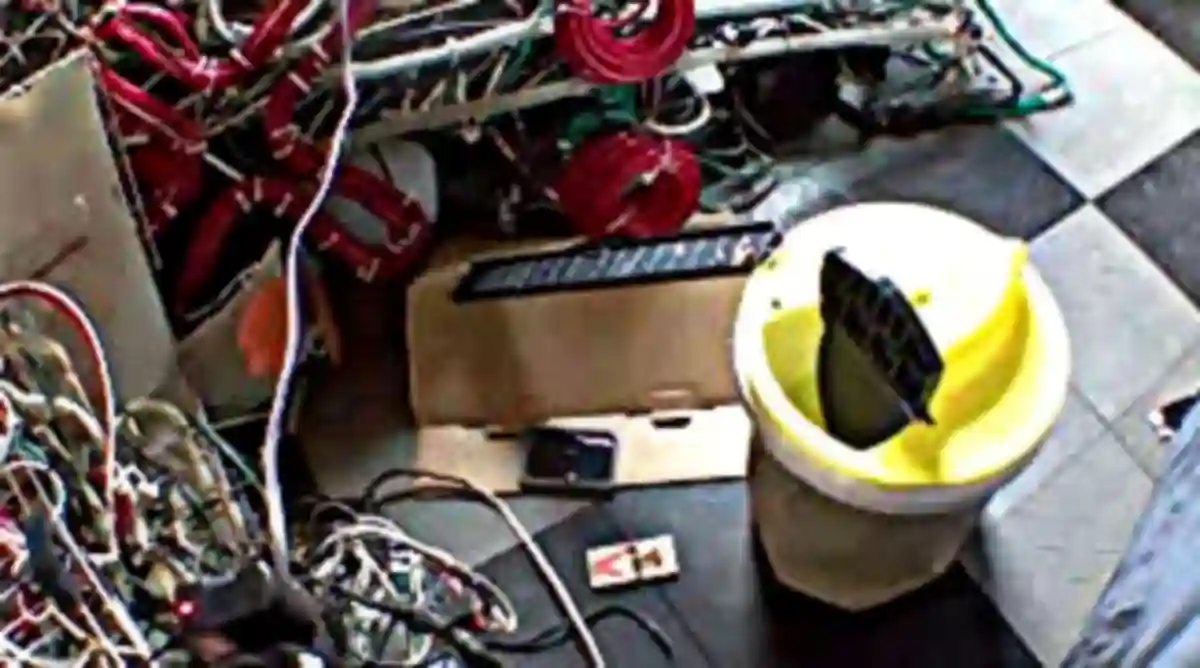A dead rat under floorboards is a major problem. They are a source of unpleasant odors and sounds, and can potentially damage your home. Immediate action is essential to tackle this problem. You can adopt several control measures such as sealing entry points, trapping, and using natural deterrents.
Dead Rat Under Floorboards

Knowing there’s a dead animal in your living space can be unsettling and cause distress. If rats were living under the floorboards, they might have caused structural damage by gnawing on wood, wires, and pipes. Dead rats can also be a source of diseases and bacteria. As the body decomposes, it can attract pests like flies and maggots, which can spread diseases.
A decomposing rat in your floorboard emits a strong, unpleasant smell. This odor can permeate through the house, making it uncomfortable to live in. Also, the smell of a dead rat in the floorboard can attract other rodents or pests to the area.
What to Do if You Have Rats Under Floorboards?
If you do have them around, you want to get rid of dead rat under floorboards as soon as possible to prevent expensive damages. Do the following if you have rats under floorboards:
Thoroughly Inspect the Entry Points
Inspect the exterior of your home. Look for any small openings, especially where pipes and cables enter.
Rats can fit through surprisingly tiny gaps, so it’s crucial to identify and note all potential entry points.
Set Rat Traps
Place rat traps near these entry points. There are various types of traps available, including snap traps, humane live traps, and electronic traps. Choose the type that aligns with your comfort and ethical considerations.
Bait these traps with foods known to attract rats, such as peanut butter, cheese, or certain fruits. Regularly check and reset these traps to ensure effectiveness.
Securely Seal Entry Points
After you are confident that the rats have been cleared, seal all identified entry points. Use durable materials like metal mesh or concrete that are resistant to gnawing.
Rats leave behind harmful pathogens. It’s essential to thoroughly clean and disinfect the entire area under the floorboards and any other spaces they might have accessed.
Eliminate Food Sources
Rats are drawn to accessible food sources. Ensure all food in your home is stored in airtight containers and maintain cleanliness to avoid leaving food remnants or crumbs.
If you can’t take up these DIY measures against a dead rat under floorboards, consider professional assistance. Also, in cases of severe infestation, don’t hesitate to contact a professional pest control service for a more comprehensive and safe removal of the dead rodent.
It shouldn’t stop there; regularly inspect your home for any signs of rat activity. Early detection is key to preventing another full-blown infestation. You can always use natural or commercial repellents as a preventive measure to keep rats away from your floorboards.
How Long Does It Take for a Rat to Decompose Under Floorboards?
Typically, it can take anywhere from a couple of weeks to several months for a rat to decompose under floorboards. This could be due to the environment’s temperature, humidity levels, and the presence of insects or other decomposers.
In warmer and more humid conditions, decomposition tends to be faster due to increased microbial activity. Conversely, in cooler, drier environments, the process slows down significantly. Also, if the area under the floorboards is accessible to insects and other small decomposers, they can expedite the decomposition process. However, in a sealed or very dry environment, the rat may mummify instead of decomposing.
Conclusion
A dead rat under floorboards is a significant issue in any home, and should not be ignored. Rats are a source of unpleasant odors and scratch/squeaky noise and can also cause damage to your property. If dealing with the problem on your own is not possible, contact your local pest control company, especially in cases of high infestation.





